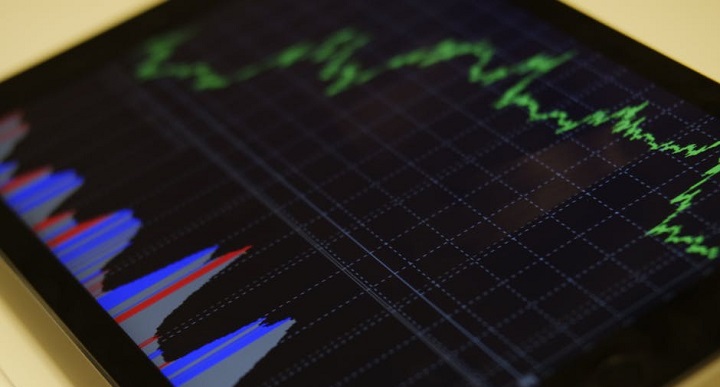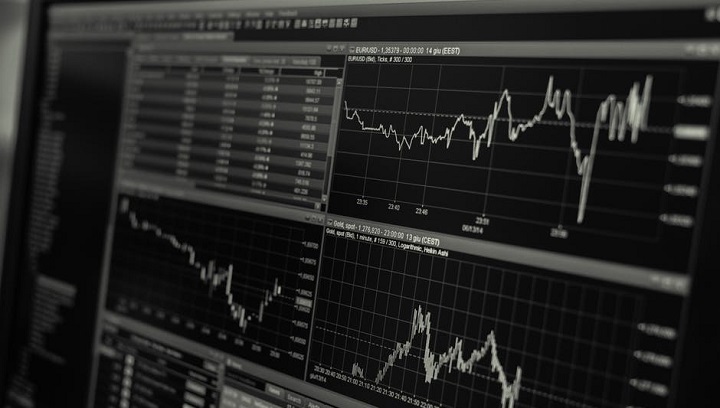
A person using technical analysis to consider buying a stock or any security is only concerned about its price. It is assumed that all news is “factored” into its price and there is no need to try and analyze its fundamentals. Trying to figure out the true value of a security is a difficult endeavor and probably best left to the professionals at pension funds, hedge funds etc.
Technical analysis attempts to understand the supply and demand factors that will ultimately determine its price. The company can have great “value” but that does not mean the price will go up. It can take a long time for the market to recognize the value you see or perhaps never. The market may disagree with your analysis and that is all that matters.
So instead of trying to analyze a stock from a value perspective, technical analysts will use a set of tools to understand the emotions and supply/demand that is determining the price of a stock. Using various technical indicators and/or simple chart patterns an analyst can make a objective guess as to the future direction of a stock.
Some fundamental analysts look at technical analysis as “voodoo” however the amazing track records of the best technical analysts would argue that it can be done and very successfully.
So if were going to use technical analysis to look for a stock to buy, what assumptions are we making?
1. The Market Discounts Everything that is known
One of the major criticism of technical analysis is that it only considers the price of the stock and ignoring the fundamentals of the company. Technical analysis assumes that, at any given time, a stock’s price reflects everything that has or could affect the company.
Technical analysts believe that all of the company’s fundamentals,(PE Ratio, Return on Equity, PEG Ratio etc) along with economic factors and the markets in general, are all priced into the stock. This removes the need to actually consider all the fundamental factors. This strips away everything but the analysis of the stocks price movement.
2. Prices will typically move in trends
Price movements tend to trend over periods of time. So this means that after a trend has been established, the future price movement is most likely going to be in the same direction as the trend rather than to be against it. Almost all technical trading strategies are based on the fact that prices tend to trend vs being random. ALl you need to do is look at a chart to see that this is true.
3. History Repeats Itself
An important idea in technical analysis is that history repeats itself. So if a particular technical setup worked in the past in will work in the future. This is based on the fact that people don’t change and will tend to do the same things over and over again.
This repetitive nature of price movements can be attributed to market psychology. Technical analysis uses chart patterns to analyze market movements and understand trends.
Many of these chart patterns can be seen in charts going back hundreds of years, proving that they are still valid and people tend to keep doing the sames things over and over again. So what happened in the past in certain circumstances can tell us what will happen in the future.
So what are these tools that technical analysts use to predict a stocks future direction? An in-depth review is beyond the scope of this article but there are two main tools:
Chart Patterns
Technical Indicators
Please see my reviews on recommended Stock Picking Service Newsletters:
Dan Zanger – Chartpattern.com Review
– Robert Walsh





